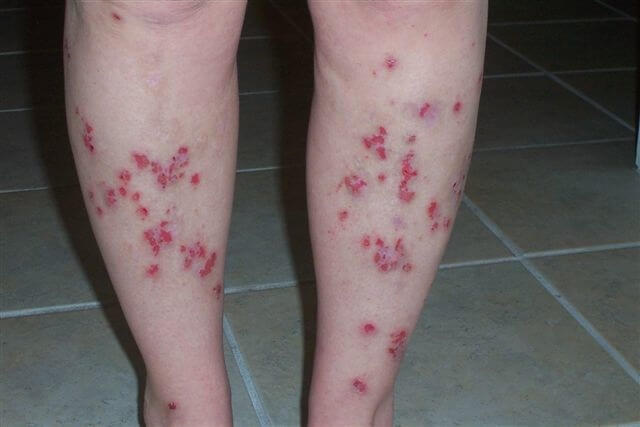Study strengthens association between Morgellons and tick-borne diseases

Researchers shine light on the link between Borrelia spirochetes and a mysterious skin condition.
Morgellons disease is frequently associated with Borrelia burgdorferi (Bb), the agent of Lyme disease, as well as tick-borne relapsing fever Borrelia (RFB), according to a study published in the prestigious journal Clinical Cosmetic and Investigational Dermatology
The report entitled “Detection of Tick-borne Infection in Morgellons Disease Patients by Serological and Molecular Techniques” was written by microbiologist Marianne Middelveen from Atkins Veterinary Services in Calgary, Canada, together with laboratory director Jyotsna Shah and technologist Iris Du Cruz of IGeneX Laboratories in Palo Alto, CA, and nurse practitioner Melissa Fesler and internist Raphael Stricker from Union Square Medical Associates in San Francisco.
Morgellons disease is a bizarre skin condition previously linked to tick-borne disease. It features lesions containing black, white or multicolored filaments. Many physicians mistakenly believe the filaments are implanted textile fibers and that the condition is a form of delusional mental illness.
“Erroneous beliefs of medical professionals have impeded diagnosis and treatment in this group of patients,” explains Middelveen.
Borrelia organisms including Bb and RFB comprise a family of corkscrew-shaped bacteria called spirochetes.
In this corroborative study, 90% of the Morgellons patients tested positive for Borrelia spirochetes. Among these patients with skin disease, 23% were positive for Bb alone, 50% for RFB alone, and 17% for both.
“This is a huge percentage compared to the general population,” says Fesler. In addition, infection with another tick-borne pathogen, Bartonella henselae, was detected in 20% of the Morgellons study subjects and strengthens the evidence linking the skin condition to tick-borne illness.
“This study is another nail in the coffin for the delusionists,” adds Stricker.
Many clinicians are unaware of the full spectrum of Borrelia spirochetes that are associated with Morgellons disease.
“Testing for a diverse group of organisms is an ongoing challenge,” says Du Cruz.
To further complicate diagnostic hurdles, Lyme disease testing as recommended by the Centers for Disease Control and Prevention (CDC) lacks sensitivity and there are currently no tests for RFB that are approved by the Food and Drug Administration (FDA) in the United States.
“The genetic complexity of Borrelia infection highlights the need for better testing,” says Shah. “We hope that new tests for Borrelia will lead to better treatment for Morgellons patients.”
SOURCE Union Square Medical Associates




















We invite you to comment on our Facebook page.
Visit LymeDisease.org Facebook Page